Like all metering pumps, diaphragm models are utilized in many industrial and commercial applications and lauded for their ability to provide consistent fluid input in order to maintain a homogenous process flow even through continuous use. With extremely high accuracy rates, exact amounts of liquid are pumped at predetermined intervals. Read More…
Since 1886, John Blue has been a trusted pump company for agriculture and industrial applications. With over 136 years of experience, John Blue has gained a reputation as a quality manufacturer of piston metering pumps, 12-volt pumps and chemical injection pumps. We provide dependability and versatility, while serving various industries. John Blue pumps are “Guaranteed To Do The Job”.
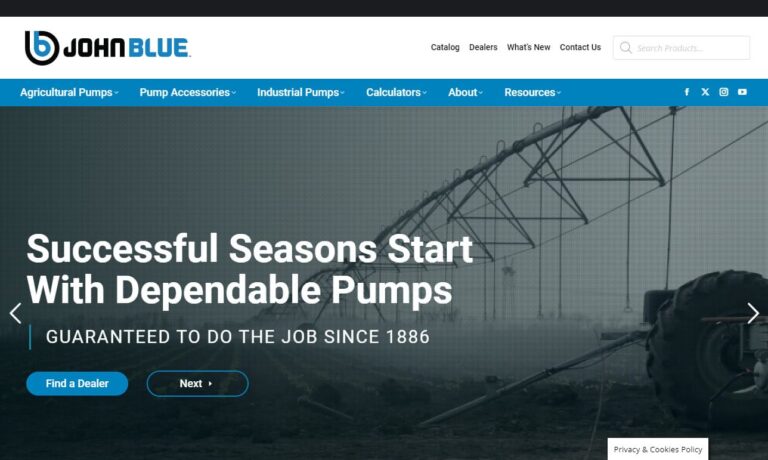
Dewco Controlled Fluid Solutions has been serving industry with fluid metering and control equipment since 1974. With established product lines including metering pumps and solenoid valves among many other products, DEWCO provides quality components for both wholesalers and end users. Our complete system capabilities and repair services mean we can meet your every need quickly and efficiently.
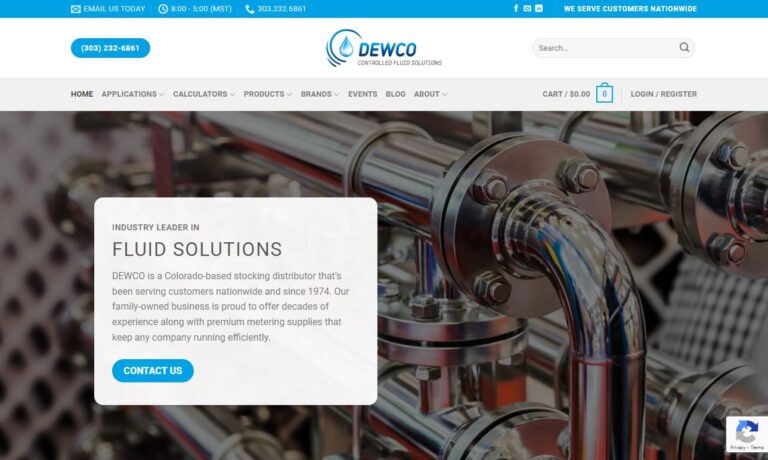
LEWA is your global supplier of metering pumps, process diaphragm pumps and packaged systems. We strive for a close partnership with customers to ensure your complete satisfaction from initial consultation to continuing service and repair, spare parts supply, maintenance and training. A leader in highly precise and high performance pumps, LEWA works with you to find the best component for you.
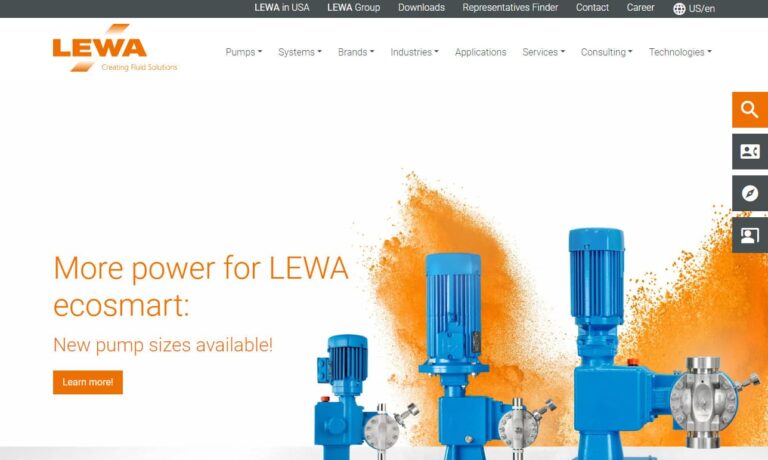
As one of the oldest manufacturers of metering pumps, Randolph has maintained a loyal following by delivering "rugged, reliable and simple to use" products. Randolph machines all the components of its pumps to its exacting specifications and extrudes its own tubing. The Randolph pump can be found working in industries such as printing, food, pharmaceutical, nuclear and wastewater.
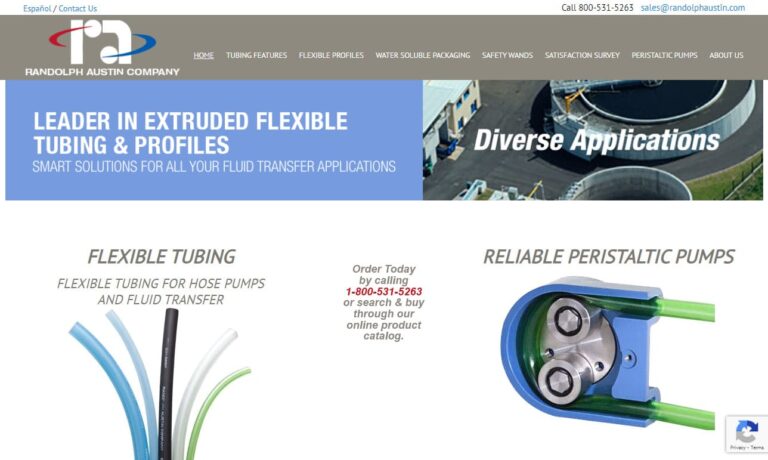
More Diaphragm Metering Pump Manufacturers
This particular type of metering equipment is utilized in the daily operations of aerospace, marine, food and beverage processing, chemical, electronic, mining, petrochemical, material handling and transport, medical, construction, automotive and agricultural industries. The immense capabilities of these liquid meters is demonstrated by their use to transport thousands of gallons of crude oil and fuel while their precision is illustrated by their use in artificial hearts.
Two techniques are used to actuate the stretching and contraction of the diaphragm, the source of displacement. Compressed air is used to stretch the membrane in pneumatic pumps, while other models employ a rod, piston or other mechanical device that is attached to the center of the film in order to push or pull it and change the volume of the adjacent chamber.
Hydraulics may also be used and act similar to pneumatics but with the use of hydraulic fluid rather than air. No matter the actuator, the diaphragm pump is particularly popular as it is low maintenance, has few moving parts and is less prone to leaks than popular piston metering pumps due to the lack seals which are most often the source of leaks due to repeated friction and wear over time.
The design of a positive displacement pump is integral to its success and accuracy. The diaphragm pump is relatively simple in design making it highly reliable. Most often, a single diaphragm is attached to the interior walls of a cylindrical chamber. Clamped or otherwise sealed, this creates an unmoving barrier between the actuating device and the fluid. At the opposite end of the cavity are inlet and outlet connections, both with check valves to ensure the proper flow directionality.
When the membrane is retracted it increases the volume of the chamber, decreasing pressure and effectively creating a vacuum which draws a specified amount of fluid in through the inlet valve. Alternatively, stretching the diaphragm back down towards the fluid increases pressure and pushes the liquid out through the exhaust valve. Variable materials may be used for both the membrane and the housing which keeps it in place.
Materials such as aluminum, stainless steel, cast iron, brass or bronze are used for the holder while ethylene propylene, rubber, plastic and other elastomers are common compositions for the membrane itself. Material selection is extremely important and must take into account the liquids that are to be pumped as they may include waters, oils, solvents, fuel, coolant and acids as well as other hazardous or even toxic materials. Abrasive fluids also require particularly durable diaphragm construction. Additional considerations for diaphragm pumps include maximum flow, maximum pressure discharge, inlet size, exhaust size, media, operating temperature and power source.

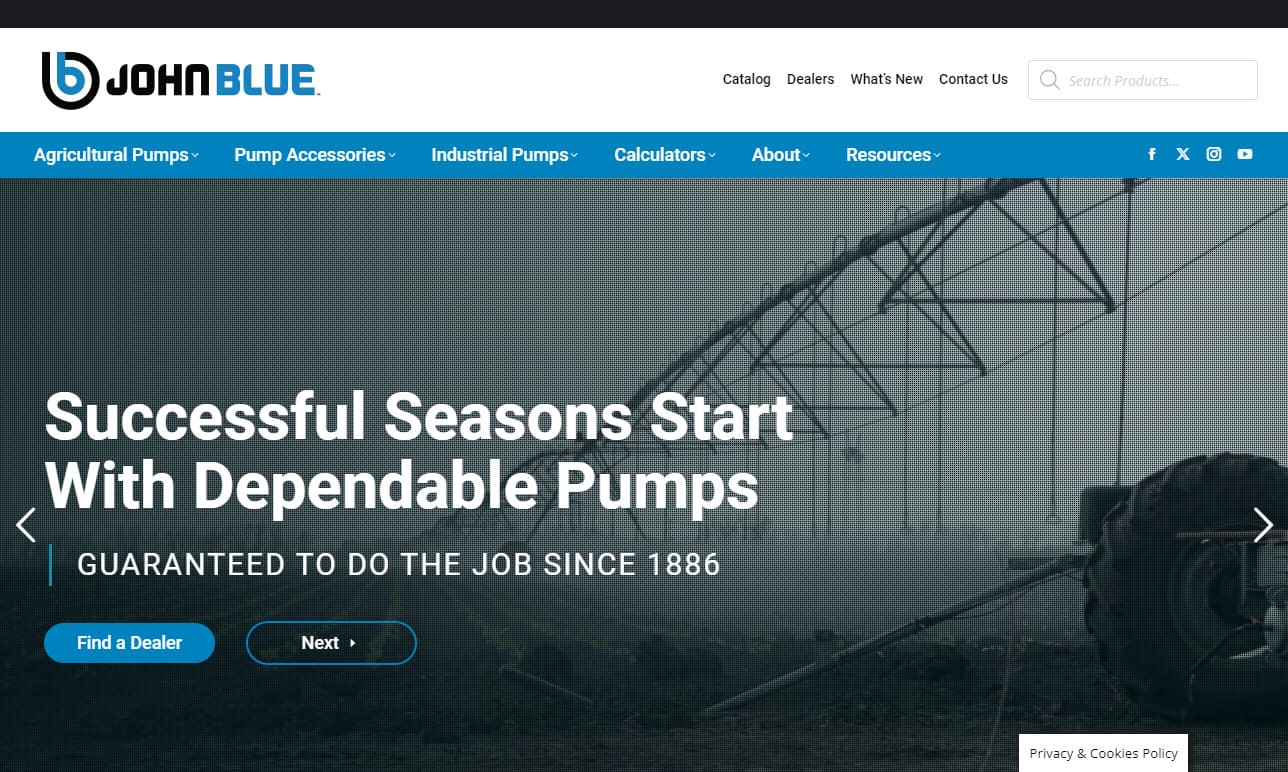
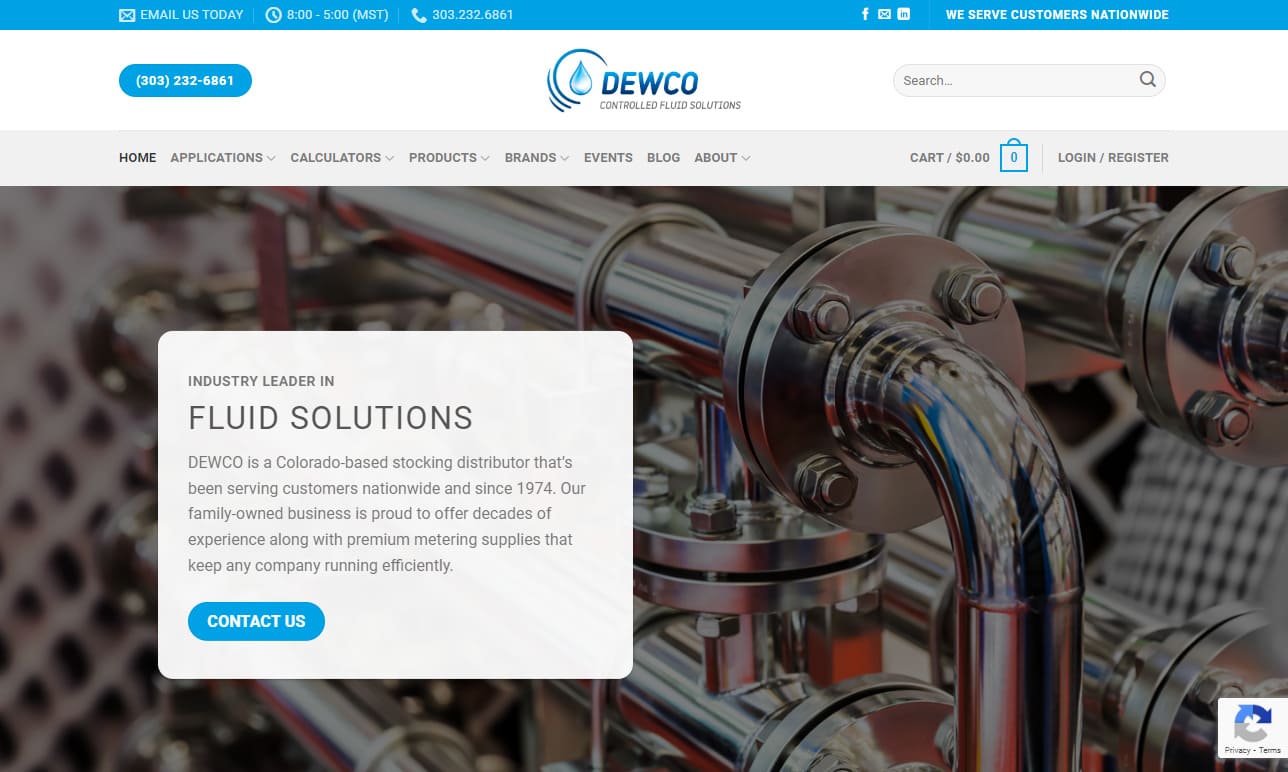
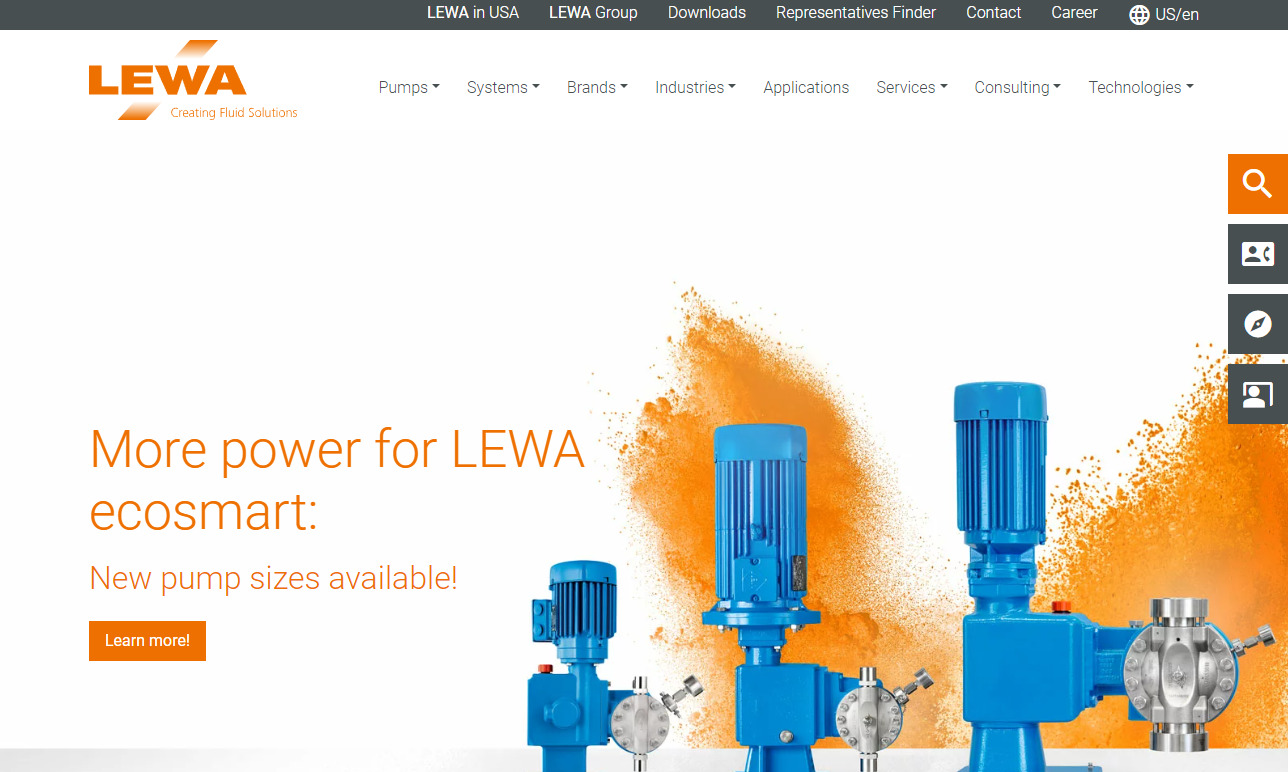
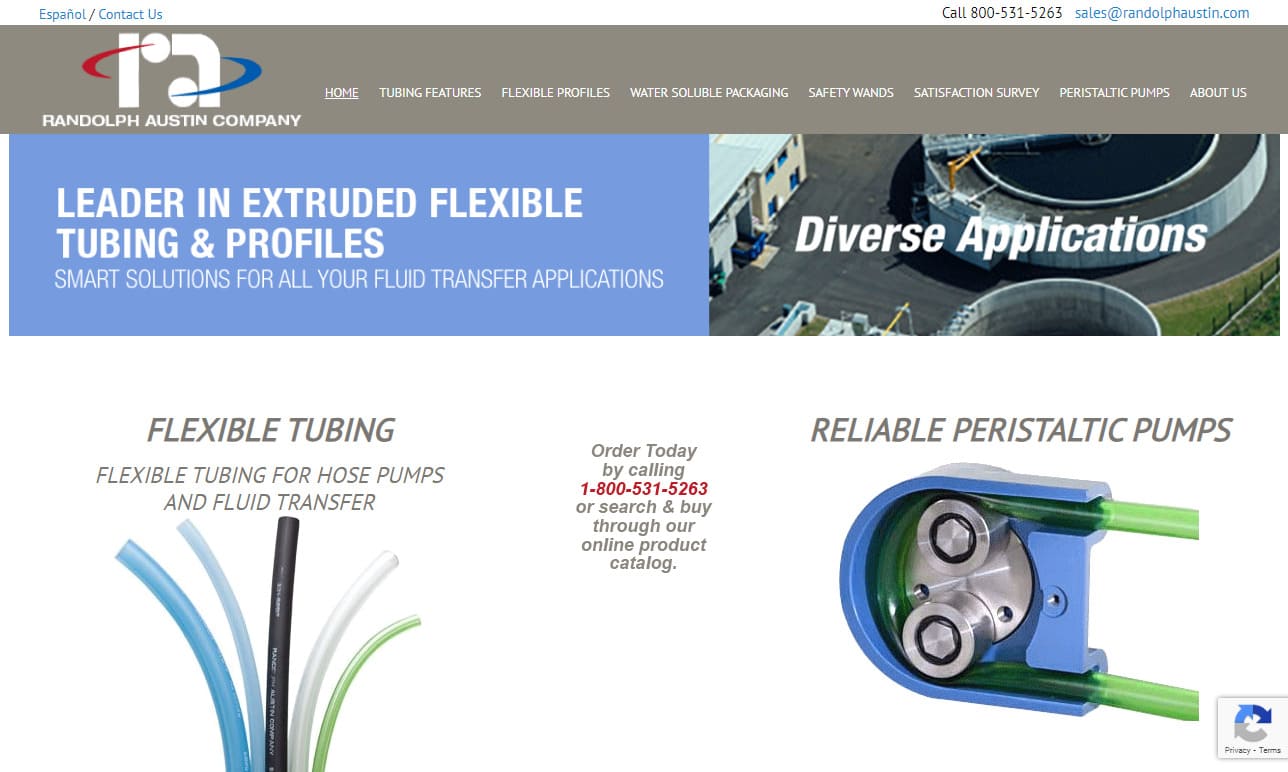
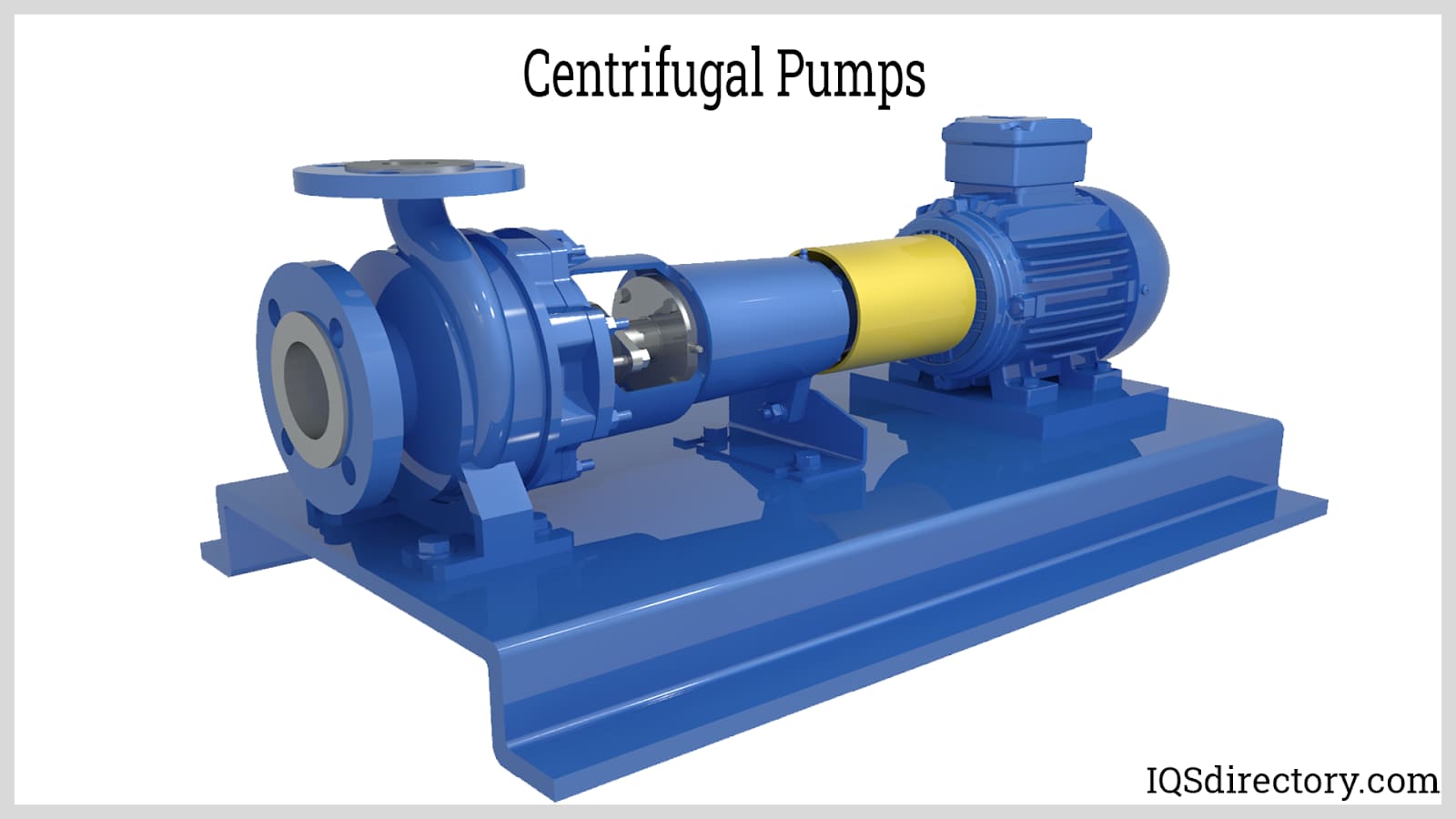
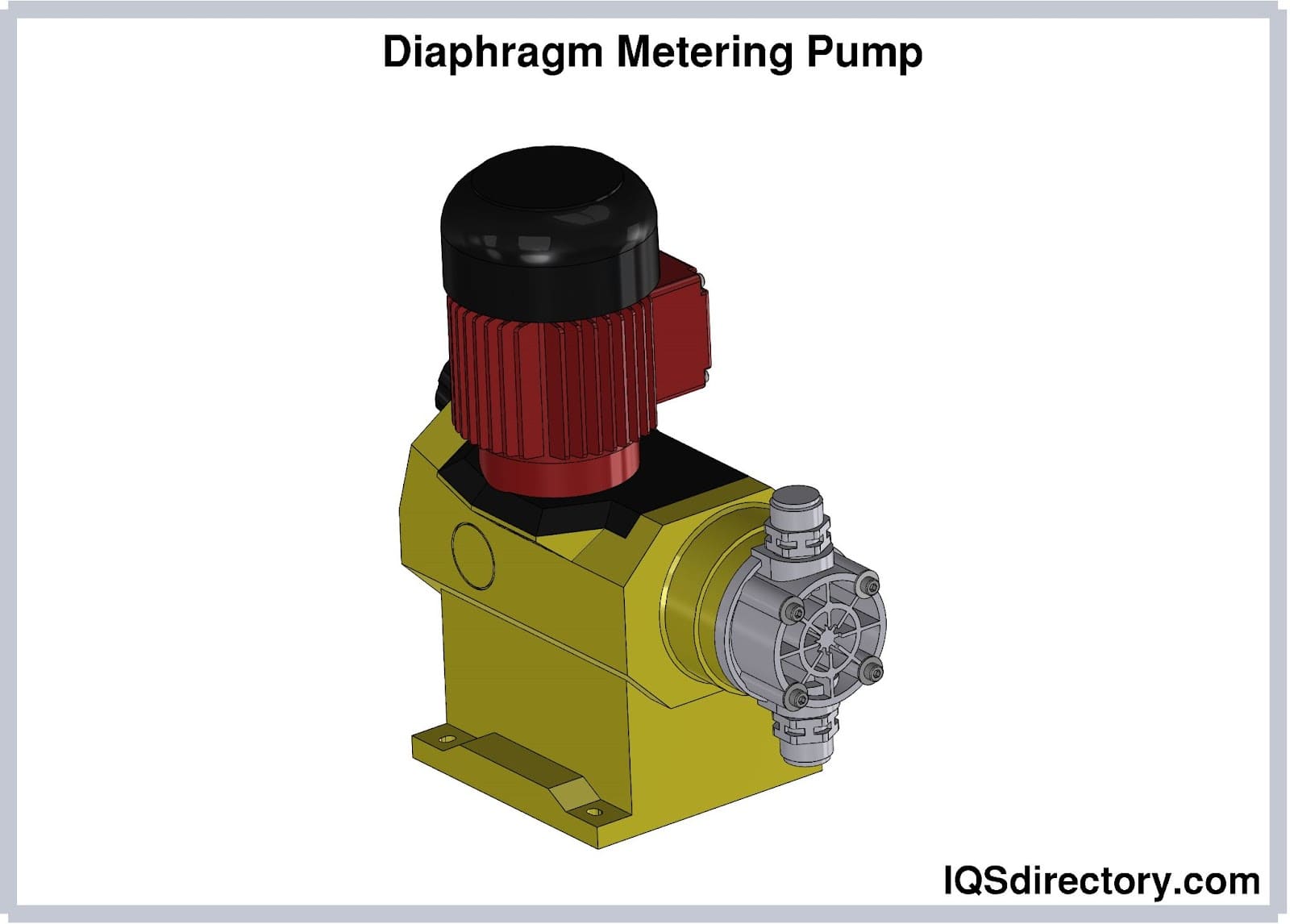
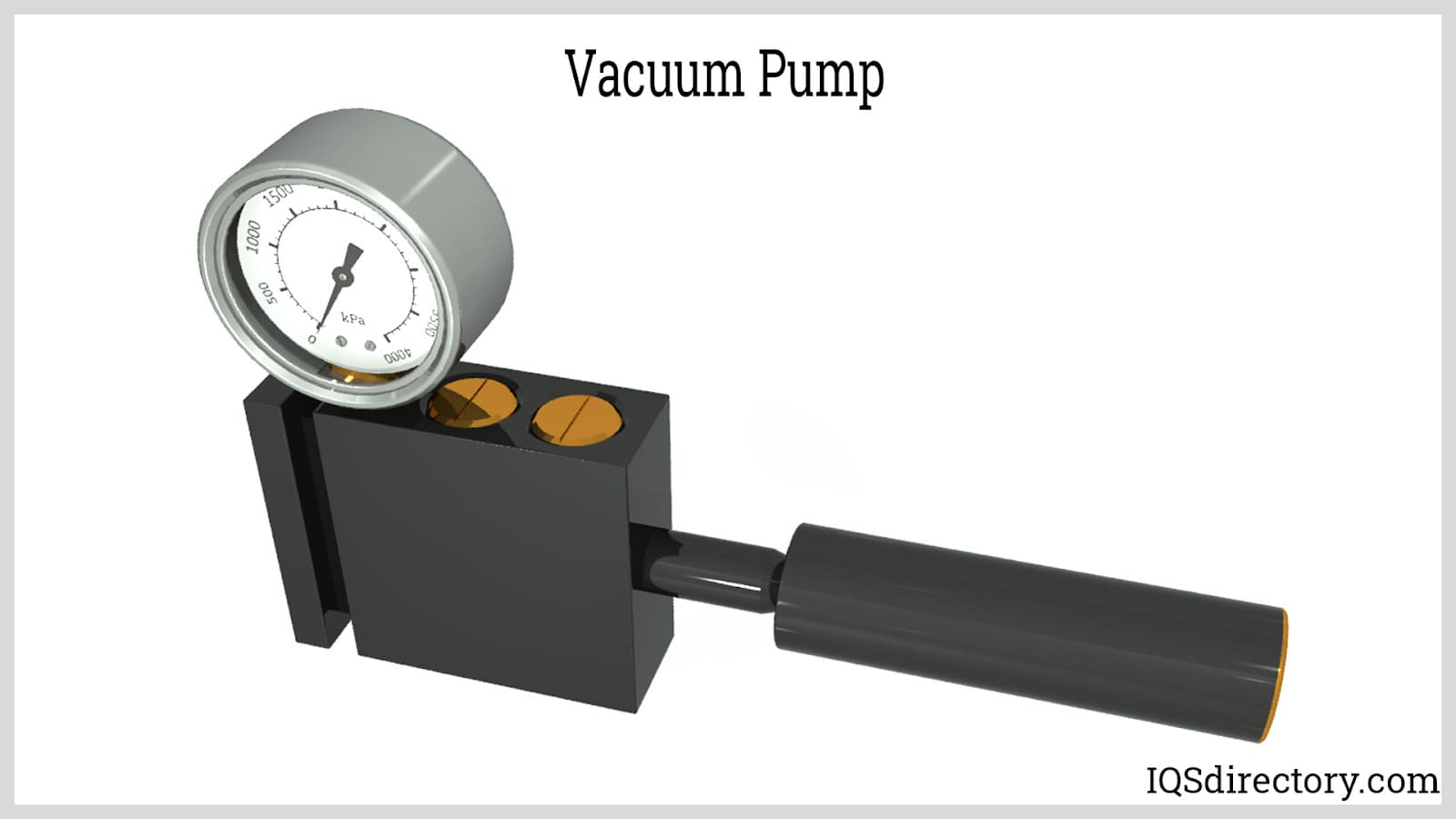
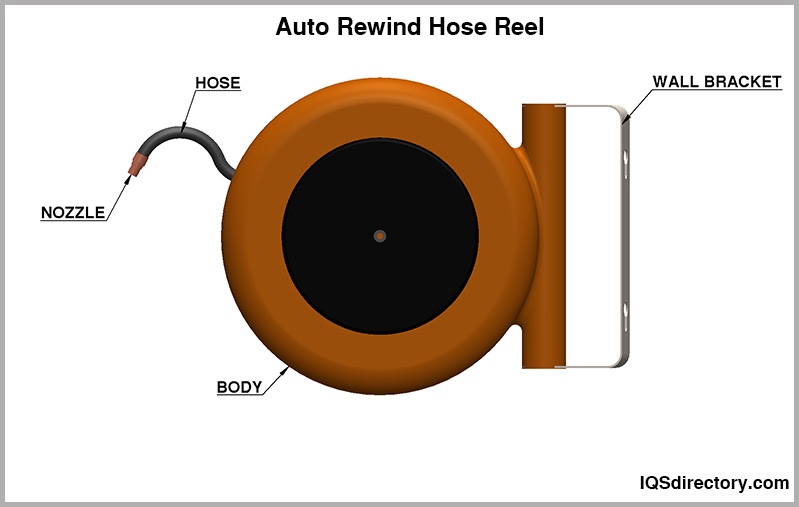


 Flow Gauges
Flow Gauges Flow Indicators
Flow Indicators Flow Meters
Flow Meters Flow Switches
Flow Switches Castings & Forgings
Castings & Forgings Bulk Material Handling
Bulk Material Handling Electrical & Electronic Components
Electrical & Electronic Components Flow Instrumentation
Flow Instrumentation Hardware
Hardware Material Handling Equipment
Material Handling Equipment Metal Cutting Services
Metal Cutting Services Metal Forming Services
Metal Forming Services Metal Suppliers
Metal Suppliers Motion Control Products
Motion Control Products Plant & Facility Equipment
Plant & Facility Equipment Plant & Facility Supplies
Plant & Facility Supplies Plastic Molding Processes
Plastic Molding Processes Pumps & Valves
Pumps & Valves Recycling Equipment
Recycling Equipment Rubber Products & Services
Rubber Products & Services